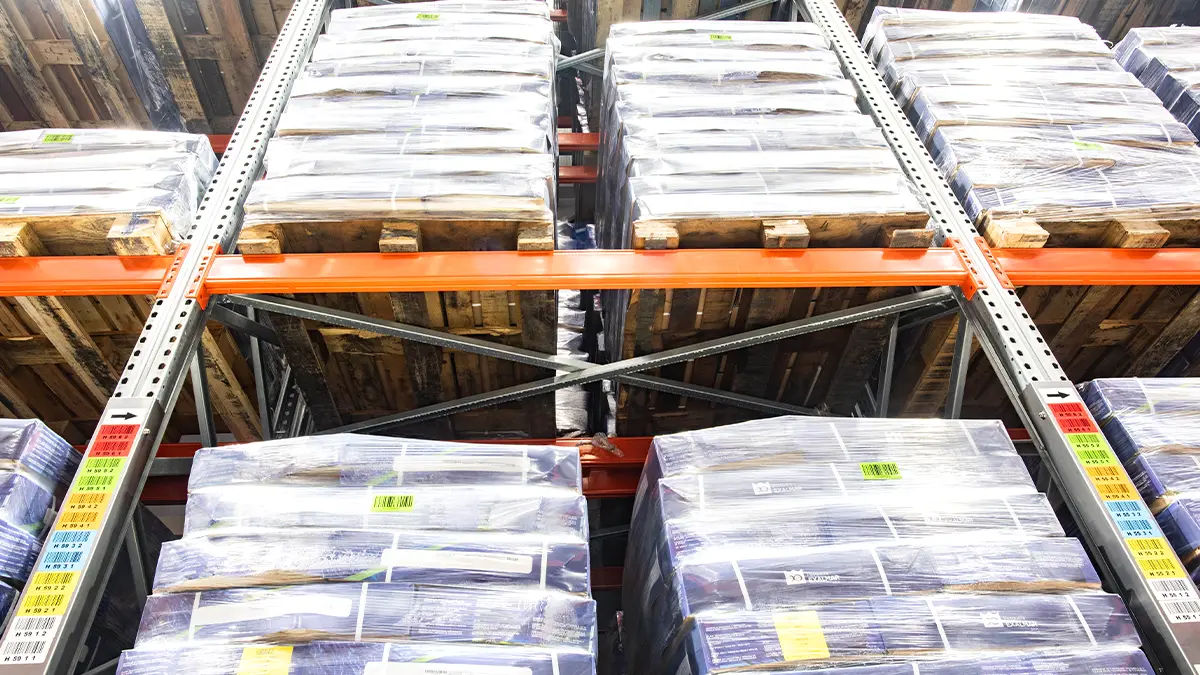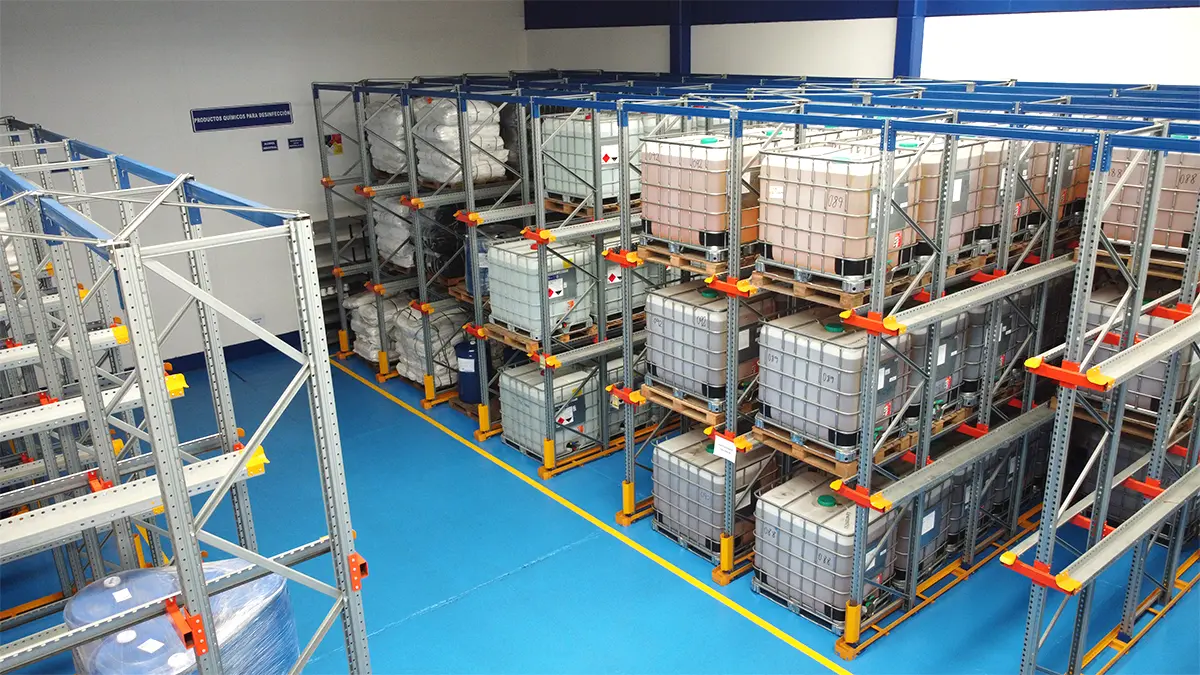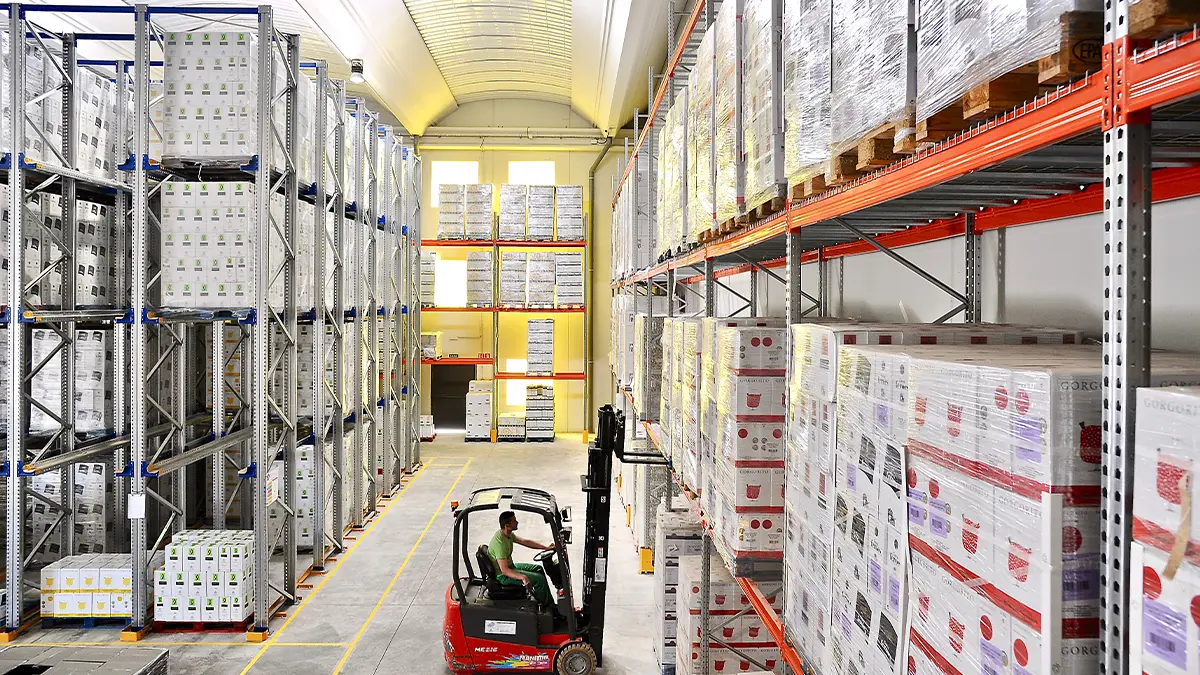In recent years, care for the environment has become a major concern for society. This search to improve our environmental footprint, with the aim of achieving sustainable economic growth, applies in particular to the logistics sector, with the development of green logistics.
More and more companies are trying to combat this growing concern by reducing the environmental impact of their supply chain. However, these changes often present companies with a challenge: How can I be more respectful of the environment without affecting my business?
Let's start by defining green logistics more precisely.
Green Logistics: definition and challenges
Green logistics involves considering the environmental footprint of a company when organising its logistics. It is applied to the entire supply chain and its objective is to reduce the company’s impact on the environment, without affecting its economic activity.
This is achieved through more or less substantial changes in a company’s logistics activity, either by the choice of suppliers, infrastructures, optimisation of storage space or automation. There is a wide variety of solutions to combine efficient logistics and sustainable development.
Although the implementation of green logistics implies changes in the operation of the company and hence time and money expenditure, these changes can be very beneficial for the company.

What are the advantages of green logistics?
Implementing green logistics can be positive for companies for several reasons:
Reduced pollution:
Above all, the main benefit of green logistics is the reduction in pollution generated by the company. This benefits not only the company itself, but also society as a whole given the current environmental situation.
Reduced transport costs:
Green logistics helps to reduce the distance and number of goods transport operations, especially those that use combustion vehicles, which emit greenhouse gases that are harmful to the environment. As a result, companies can make essential savings while reducing pollution.
Lower packaging costs:
Green logistics involves using biodegradable or reusable packaging or materials. Although more expensive to purchase than single-use materials and components, recyclables can save businesses money in the long run. These include: cardboard instead of wood pallets, reusable plastic film, etc. Packaging accounts for almost half of the world’s plastic pollution, and most of it is never recycled. That is why it is important to use this resource correctly.
Better image:
Green logistics allows companies to adopt an eco-responsible approach, which is particularly beneficial for their image. Whether in the eyes of suppliers, customers or stakeholders in general, the company’s “eco-responsible” reputation is an asset that is worth exploiting. It can be a way of meeting the environmental requirements of B2C customers, who may see it as a quality guarantee, or as a way of meeting the demands of B2B customers, who in turn apply green logistics and look for environmentally-friendly suppliers.
Reduced losses:
It also reduces the losses of goods or raw materials from the warehouse. In fact, not discarding unused raw materials so as to recycle or reuse them saves money when replacing raw materials.
Automation of warehouses:
Green logistics also involves the automation of warehouses. The implementation of automated processes helps to increase the logistics efficiency of a company and save time and money. For example, the installation of a permanent inventory management system with WMS software helps reduce losses caused by goods that have reached their expiry date. The installation of a warehouse 4.0 (automated warehouse) is therefore a win-win situation, both from an environmental and economic point of view, and perfectly meets the requirements of efficient green logistics. AR Racking provides automated warehouse solutions that apart from enabling green logistics offer many other advantages too.
Now that we have discussed some of the many advantages of green logistics, we will see how to put them into practice.

How can efficient green logistics be implemented?
Green logistics affects a company’s entire supply chain. This applies both in and outside the warehouse.
Green logistics inside the warehouse
Green logistics involves optimising the storage space of warehouses. This allows the company to reduce the number of handling machinery movements and avoid unnecessary operations, which in turn reduces the pollution generated. It also facilitates the work of operators and increases the storage capacity of the warehouse.
Optimising storage space also reduces the area that must be maintained at a certain temperature, for companies that store at a controlled temperature, and reduces air conditioning pollution and operating costs. Discover our AR Mobile storage solution, which optimises your warehouse storage space thanks to sliding racking mounted on rails, very useful in temperature-controlled areas.
To find out more about how to achieve a more sustainable warehouse, please read our article on the subject.
Green logistics outside the warehouse
Green logistics is also implemented outside the warehouse, with the creation of a CSR (Corporate Social Responsibility) policy.
This indicates that the company applies certain social and environmental requirements and may involve choosing suppliers that agree to comply with an environmental charter prepared by the company. This charter may require that raw materials are of organic origin, that the packaging is made with biodegradable materials or that the supplier has certain environmental labels or certifications, such as the European Ecolabel or the ISO 14000 standard.
Reducing distances travelled during transport is also a way of applying green logistics. By favouring local suppliers, the company reduces greenhouse gas emissions caused by goods transport to its warehouse. The company can also ensure full optimisation of the loading of the means of transport used, in order to limit the number of empty spaces and thus reduce the number of journeys.
It therefore seems that there are many solutions for implementing green logistics. But what about future solutions? What is the future of green logistics?
There are several possible answers here...
The future of green logistics
It seems undeniable that the future of green logistics depends on supply chain automation, a trend that has been widely observed in recent years.
Logistics 4.0 is likely to continue to develop, with the use of artificial intelligence, digitisation of information and robotisation with AGV, AMR, robotic arms and robotic racking such as our AR Shuttle solution equipped with automated pallet shuttles.
All these automated solutions favour green logistics by limiting the use of polluting energies. It is therefore likely that green logistics, already established today, will continue to develop more in the future with the development of logistics 4.0 and the current environmental situation.













